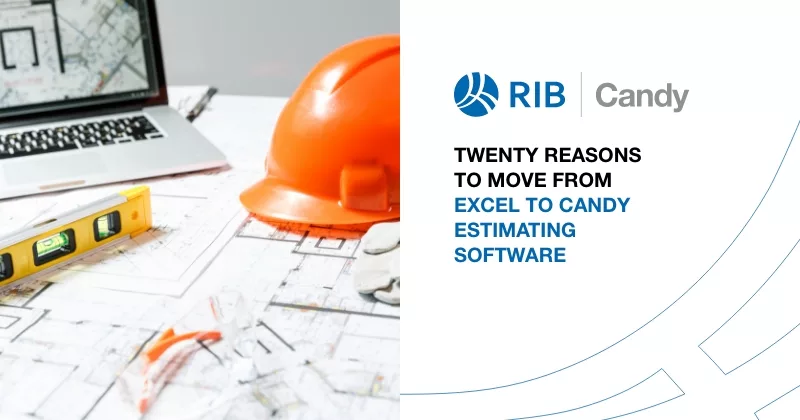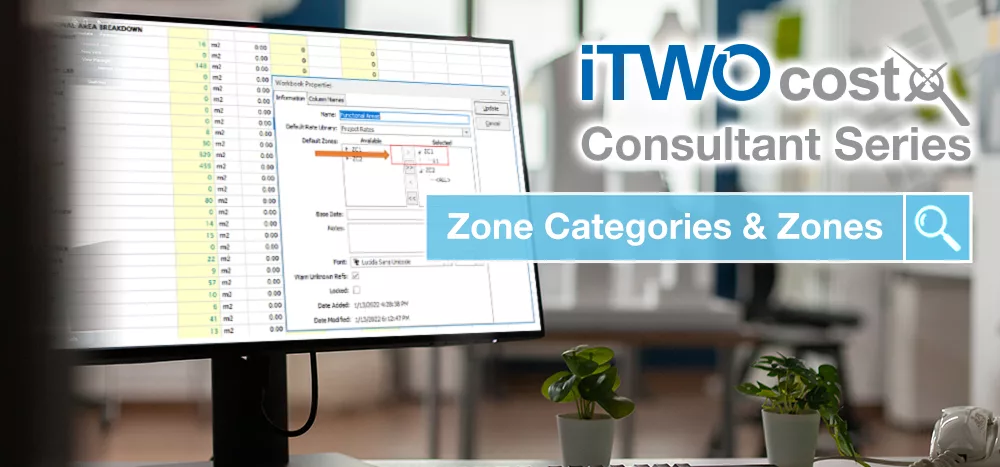22 mins read
Specialist Estimating Software Versus Excel Spreadsheet

Go with what you know. There’s something comforting about using tools you’re accustomed to. This gets the job done, so why “change it? “is an often-heard refrain. However, as your circumstances change, so should your equipment. Excel has long been the accepted standard for construction estimation and with its broad availability and ease of use, it’s easy to see why. But with the emergence of bespoke estimation software, could it be time to reconsider what works best for you? It’s the battle of construction management tools: specialist estimating software versus Excel spreadsheet.
EXCEL – THE NAME YOU KNOW
As much a fixture in construction as bricks and mortar; Excel is ubiquitous, user-friendly and with a little googling there’s usually a template for the job at hand. However, it has limitations.
Updating templates can be laborious, often requiring you to do so on a file-by-file basis. And with a limited number specifically tailored for the construction industry, these often have to be individually adapted for use. Added to this, Excel doesn’t share information easily or automatically.
Even though some estimators may enjoy using Excel to create tools that suit their needs, standardisation is a cornerstone of working on group projects or as part of a larger firm. And since Excel wasn’t created with the built environment in mind, technical support can be difficult to come by.
ESTIMATION SOFTWARE – THE NEXT STEP?
The challenges facing organisations wanting to adopt specialist software include cost and the time required to learn a new system. However, the advantages are obvious. Since cloud-based software is accessible from anywhere, it provides optimum control over the information you share.
This data is also available immediately, solving issues of cross-department communication, report sending and standardisation. Blueprints can be added and viewed as 3D models allowing material takeoff where the materials needed to build a structure are quantified to be tracked in real-time. The chance of human error resulting from individual formulas and templates is also eliminated and with it the possibility of dangerous discrepancies further down the line. Onboard analytics and reporting also offer true oversight of your team’s effectiveness, allowing you to optimise their skills for maximum profits.
And should you encounter a technical problem, the latest generation of estimation software is made by estimators for estimators, ensuring you receive professional and tailored support related to its use and any questions that arise.
WHAT SOFTWARE IS RIGHT FOR ME?
The pressure to innovate is an ever-present part of any industry and staying ahead of the game can seem daunting. But those who ignore the possibilities offered by the latest technology do so at their peril. There’s nothing wrong with using a shovel, but why would you when a multi-functional and precision skidsteer loader can get the job done in half the time?
In the same way, your company’s growth will dictate when to move from a generalist solution, like Excel, to customised software that addresses your specific needs. As always, less time spent tinkering with a template or tracking a discrepancy gives you more time to do what you do best: building.
Most Recent
22 mins read
15 mins read
49 mins read
24 mins read

E-BOOK











